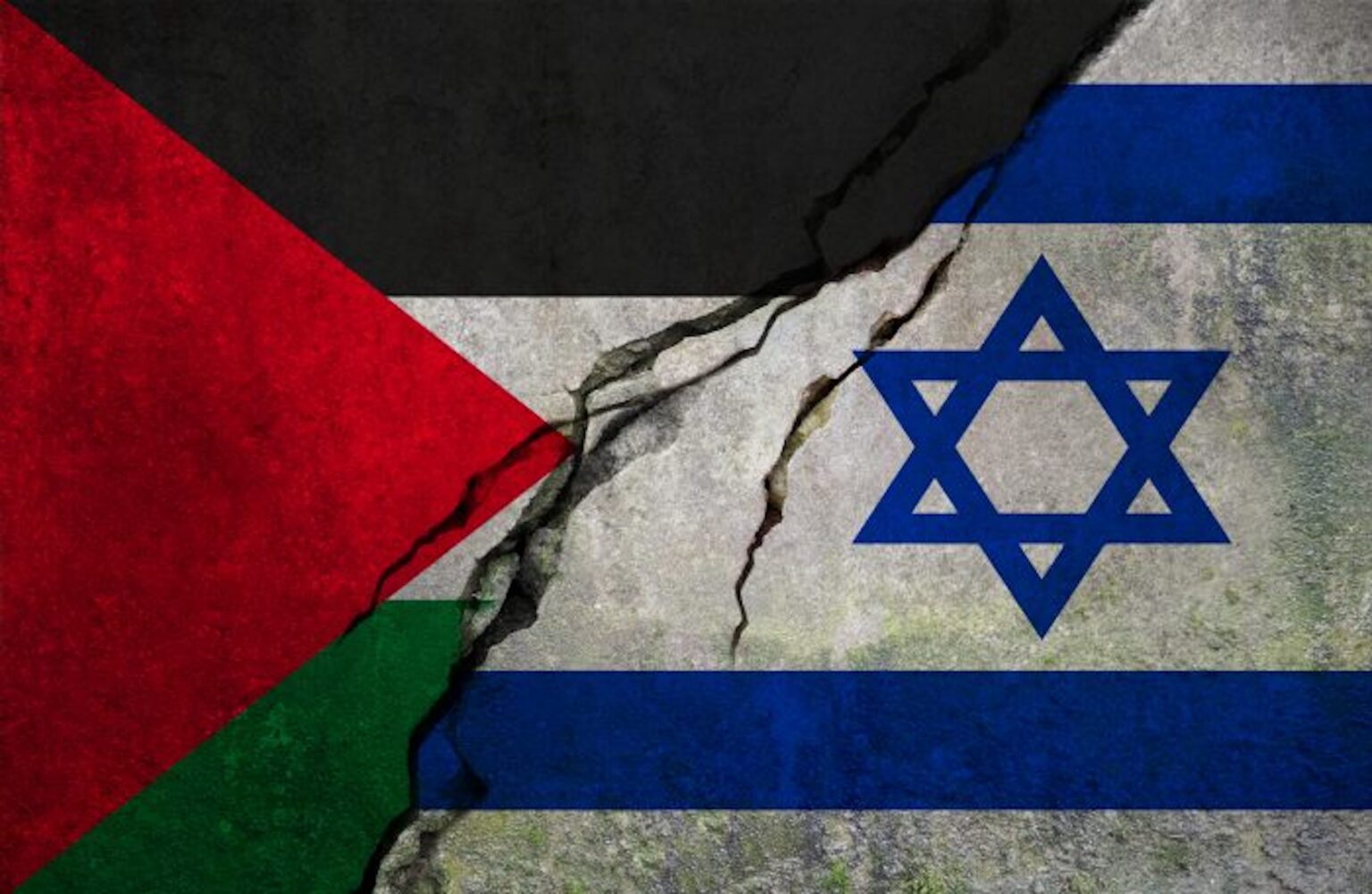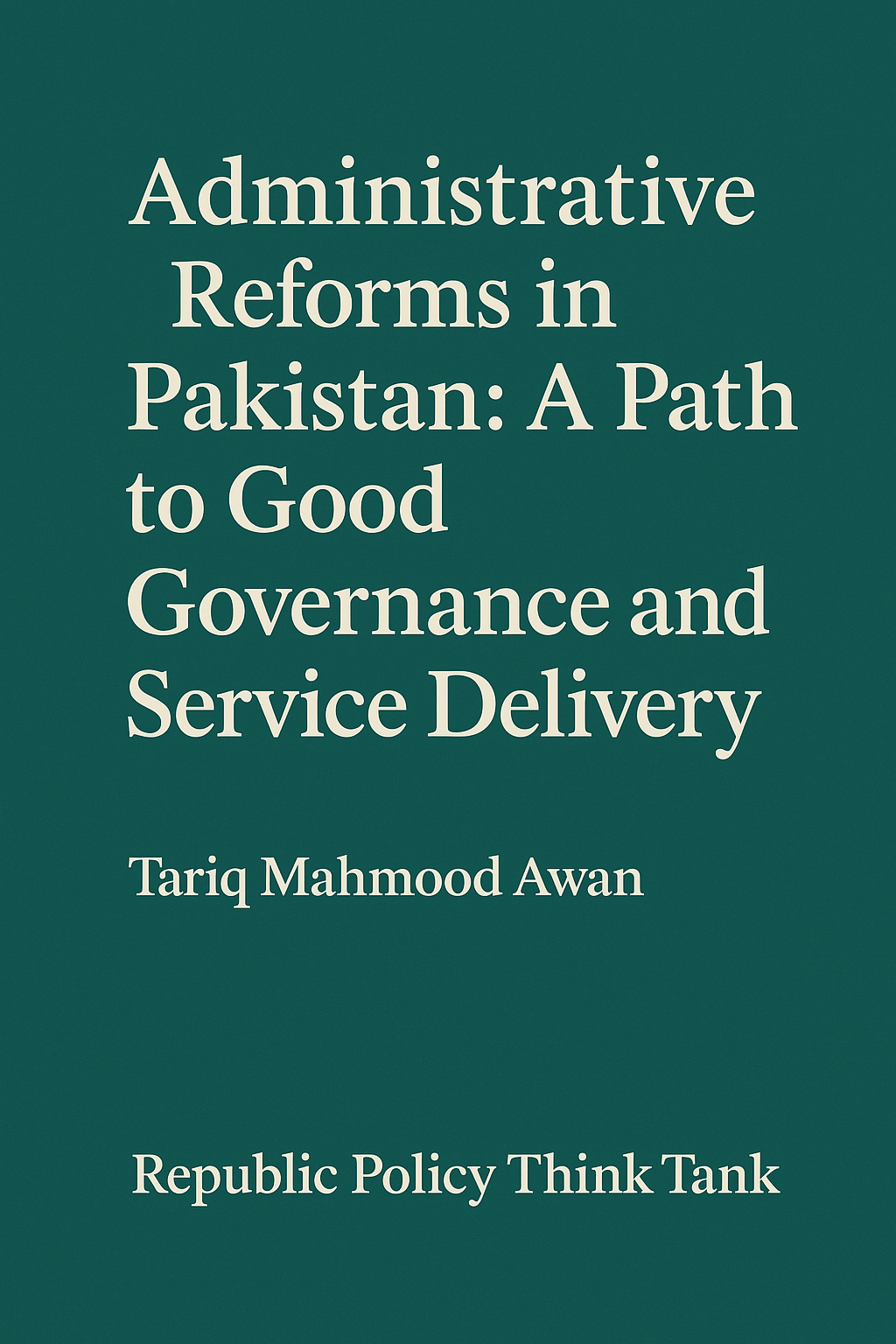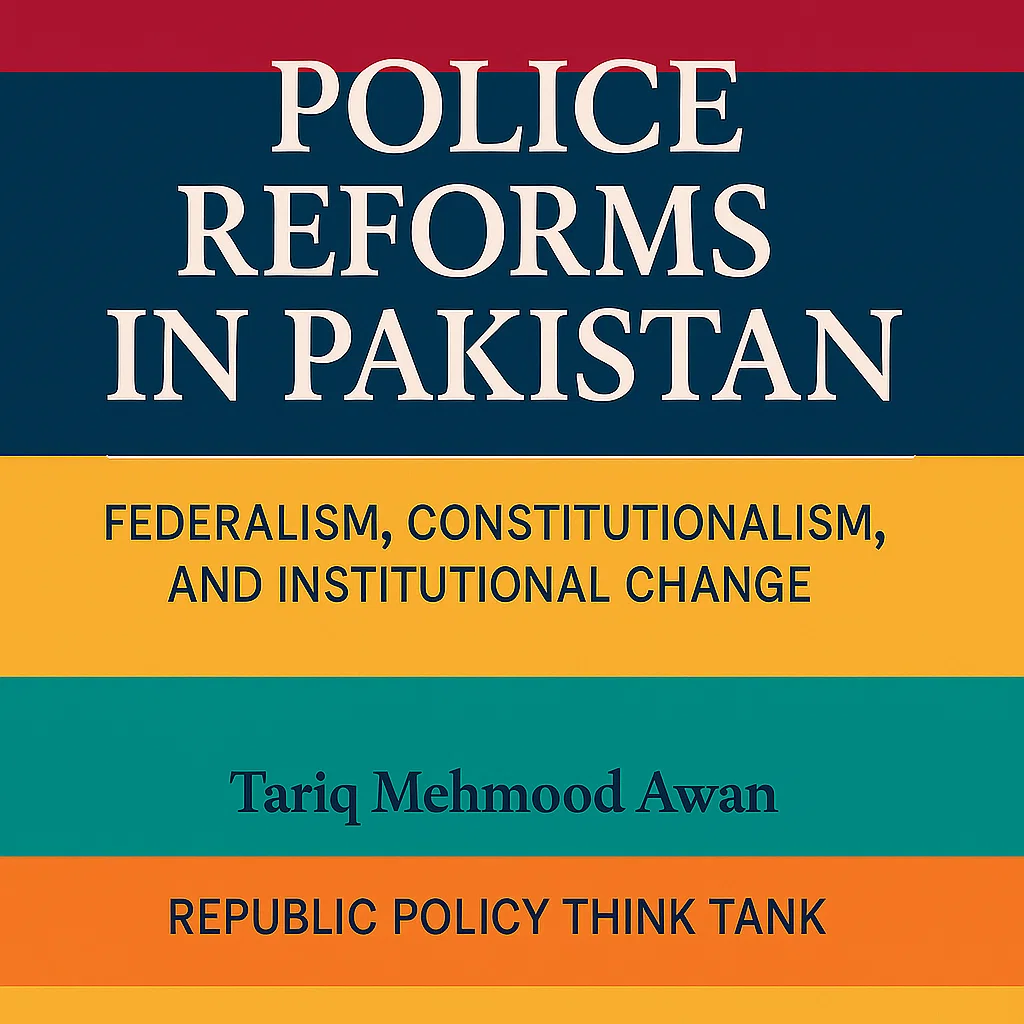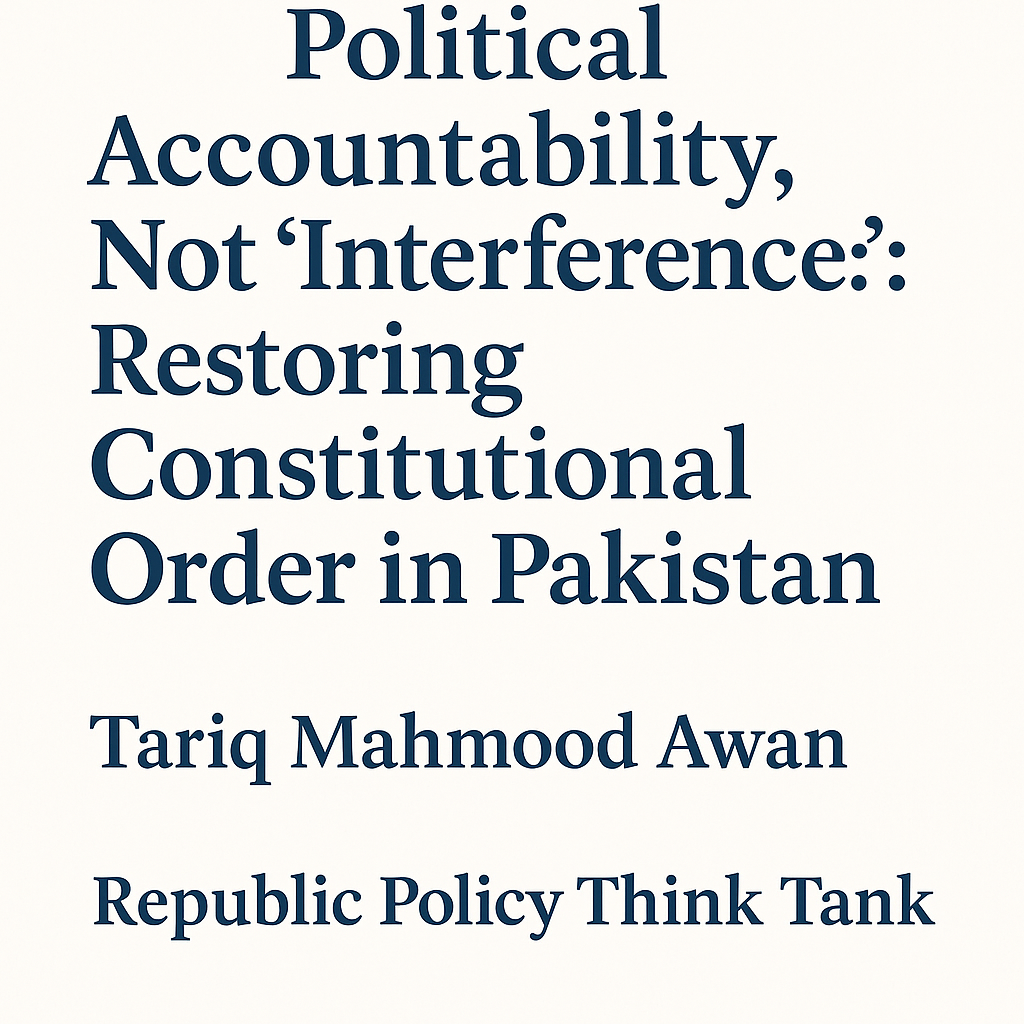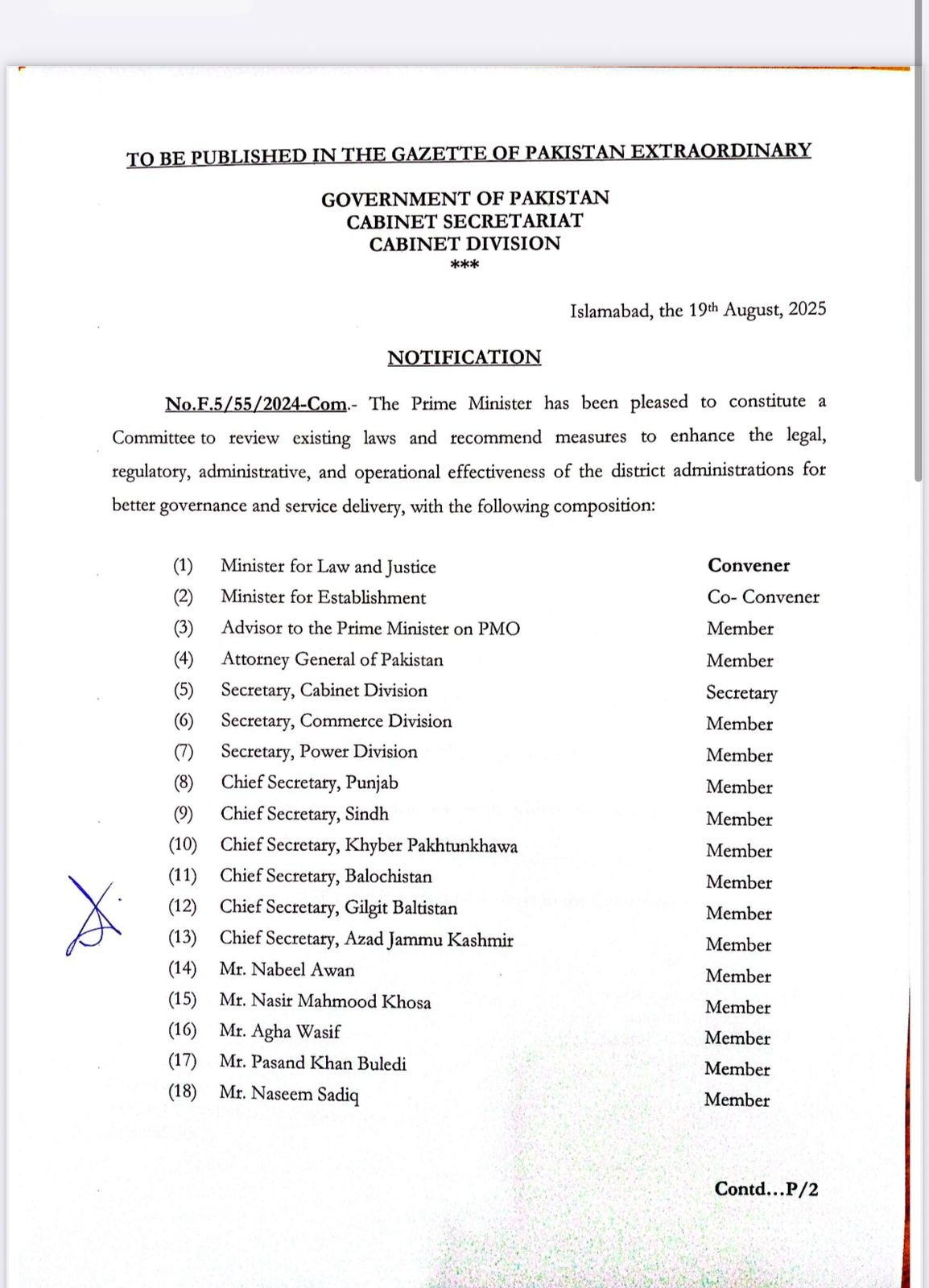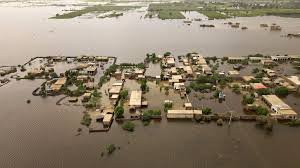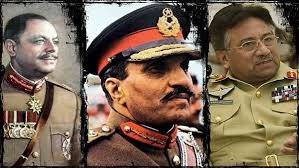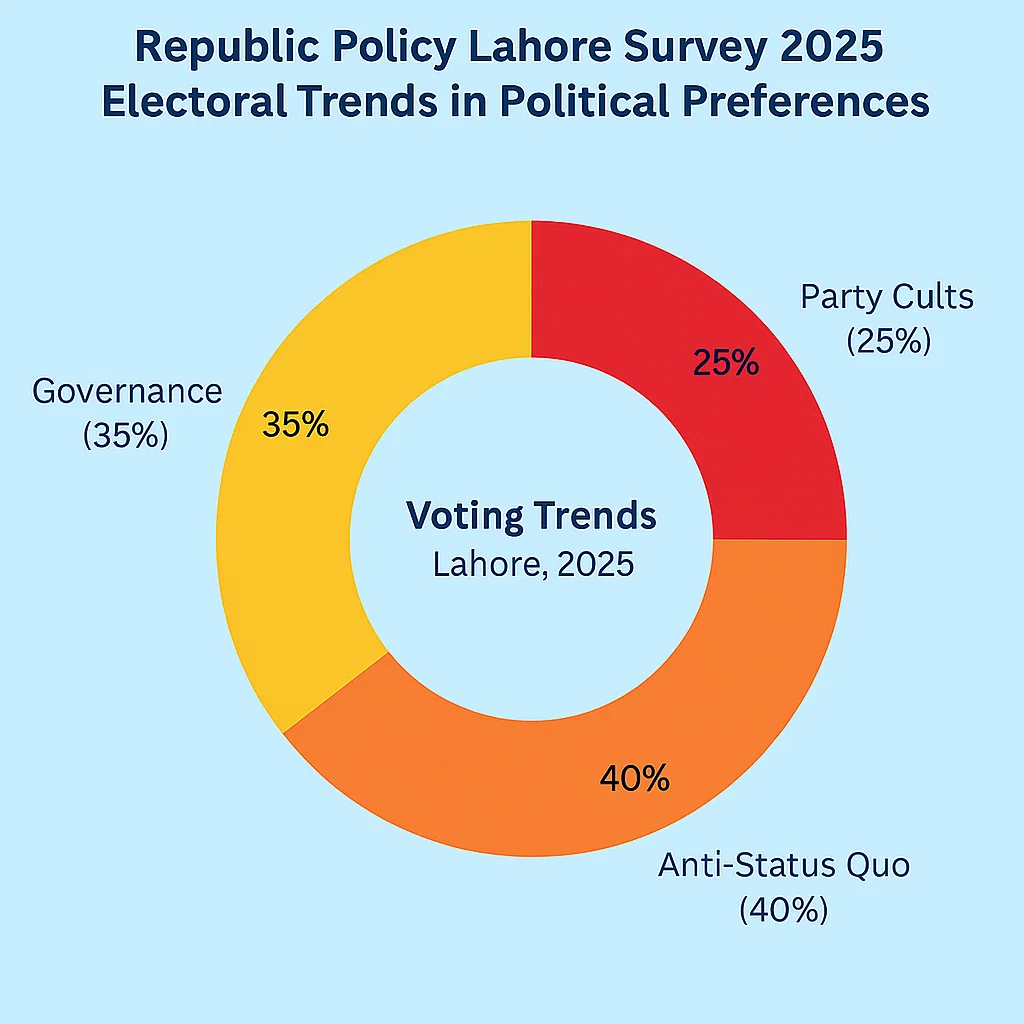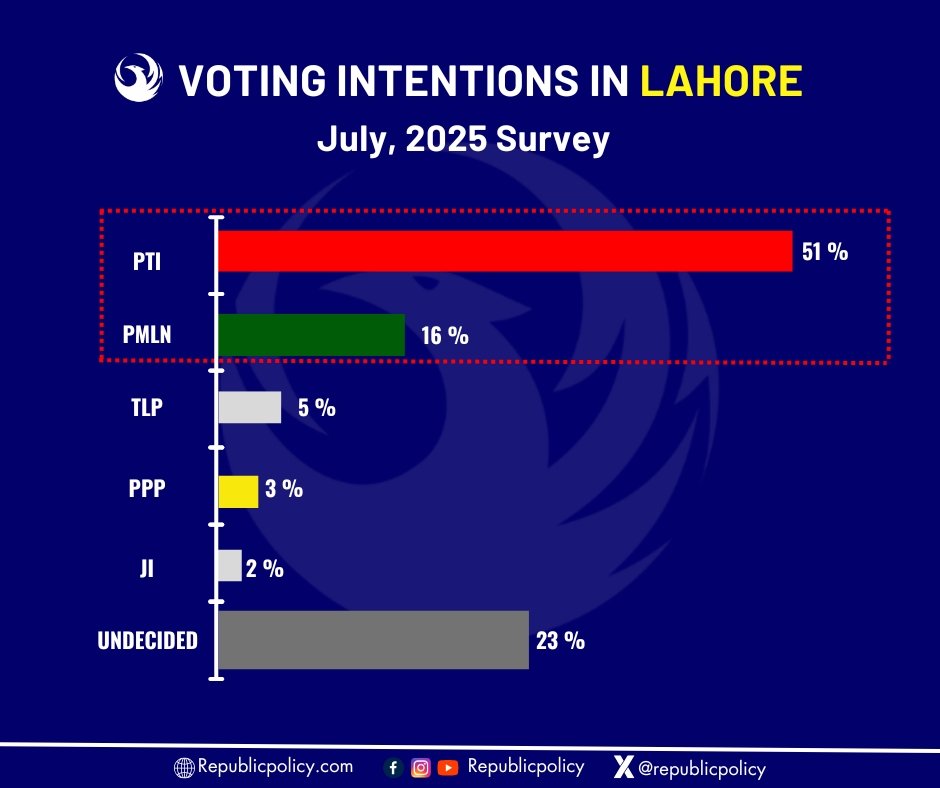Bilawal Kamran
The Renaissance, a dynamic period of cultural, artistic, political, and economic transformation, is often hailed as a “rebirth” following the perceived stagnation of the Middle Ages. Spanning roughly from the 14th to the 17th century, this era marked a resurgence of interest in the classical achievements of ancient Greece and Rome, igniting a revolution in philosophy, literature, art, and science. It laid the foundation for modern civilization, bridging the gap between the medieval and contemporary world by fostering intellectual, artistic, and scientific advancements that would shape Western society for centuries to come. The Renaissance was not only a rediscovery of classical knowledge but also a time of profound change that transformed European life, expanding its cultural and intellectual horizons.
The period following the fall of Rome, known as the Middle Ages, has often been depicted as a time of stagnation and regression, with limited progress in science and the arts. Commonly referred to as the “Dark Ages,” this era was marked by war, ignorance, famine, and widespread pandemics like the Black Death. However, some historians argue that this characterization is somewhat exaggerated, and that cultural development did continue, albeit at a slower pace. During this time, classical Greek and Roman philosophies and achievements were largely neglected, as medieval European society was dominated by feudalism and the Church. The Renaissance, then, emerged as a direct response to the intellectual limitations of the Middle Ages, heralding a renewed interest in the human condition, classical ideals, and the pursuit of knowledge.
The cultural movement known as humanism, which gained momentum in Italy during the 14th century, was central to the Renaissance. Humanism emphasized the value and agency of individuals, encouraging a return to the study of classical antiquity and a celebration of human achievements in areas such as literature, philosophy, art, and science. It promoted the belief that humans were the center of their own universe and that reason, rather than faith alone, could explain the natural world. The invention of the printing press around 1450 by Johannes Gutenberg played a pivotal role in this cultural revival, facilitating the rapid spread of humanist ideas across Europe. Texts from early humanist figures like Francesco Petrarch and Giovanni Boccaccio, which advocated for the renewal of Greek and Roman culture, were now widely disseminated, significantly impacting the intellectual climate of the time.
Pl watch the video and subscribe to the YouTube channel of republicpolicy.com
The Renaissance also had far-reaching effects on religion, especially in relation to the Catholic Church. As humanism flourished, there was growing skepticism toward the Church’s authority, which had previously dominated intellectual and spiritual life. People began to scrutinize religious dogma more closely, and the printing press made it possible for texts, including the Bible, to be more widely read and interpreted. This democratization of knowledge contributed to the rise of the Protestant Reformation in the 16th century, led by figures like Martin Luther. Luther’s challenge to the Catholic Church’s practices, particularly the sale of indulgences, sparked a religious upheaval that fractured the unity of Christendom and led to the creation of Protestantism, further transforming the religious landscape of Europe.
The Renaissance also saw the flourishing of great thinkers, scientists, artists, and writers whose work would come to define the era. Leonardo da Vinci, Michelangelo, Raphael, and Donatello are just a few of the Renaissance artists who revolutionized painting, sculpture, and architecture. Leonardo’s iconic works, such as The Mona Lisa and The Last Supper, exemplify the Renaissance’s emphasis on realism, emotion, and human anatomy. Artists during this time used advanced techniques, such as perspective and the use of light and shadow, to bring a lifelike quality to their work, making it more relatable and human-centered. At the same time, figures like Galileo Galilei and Nicolaus Copernicus challenged medieval understandings of the universe, proposing new scientific theories that would lead to the eventual development of modern science. Copernicus’ heliocentric model, which placed the Sun at the center of the solar system rather than the Earth, revolutionized astronomy, while Galileo’s improvements to the telescope allowed for more precise observations of celestial bodies.
Renaissance art and architecture were deeply intertwined with the era’s scientific discoveries, as many artists incorporated mathematical principles into their works to achieve precision and realism. Architects like Filippo Brunelleschi applied knowledge of geometry and engineering to design innovative structures, such as the dome of the Florence Cathedral, which became a symbol of Renaissance ingenuity. The intersection of art, science, and mathematics marked a unique aspect of the Renaissance, demonstrating the era’s belief in the harmony between the natural world and human creativity.
Exploration, another hallmark of the Renaissance, was driven by the same spirit of curiosity and discovery that characterized its intellectual and artistic achievements. European explorers, emboldened by new navigational technologies, embarked on voyages that expanded the geographical boundaries of the known world. Figures such as Christopher Columbus, Ferdinand Magellan, and Vasco da Gama charted new shipping routes to the Americas, Africa, and Asia, opening up new opportunities for trade and cultural exchange. This Age of Discovery not only transformed European commerce but also led to the exchange of ideas, goods, and cultures between Europe and the rest of the world.
Despite the many achievements of the Renaissance, its decline was precipitated by several factors. Political instability and wars, particularly in Italy, disrupted the region’s prosperity, and the rise of new trade routes diminished the wealth of patrons who had funded the arts. The Counter-Reformation, a response to the Protestant Reformation, also stifled the intellectual freedom that had characterized the Renaissance. The Catholic Church censored ideas that challenged its authority, limiting the creativity and expression of many Renaissance thinkers and artists. By the early 17th century, the Renaissance had given way to the Age of Enlightenment, but its lasting influence on art, science, philosophy, and religion continues to shape the modern world.
In recent years, some scholars have questioned the traditional narrative of the Renaissance as a distinct break from the Middle Ages. They argue that the two periods overlapped more than commonly believed, with the Renaissance building upon the intellectual foundations laid in the late Middle Ages. Some historians also contend that the cultural contributions of the Middle Ages have been overshadowed by the Renaissance, suggesting that both periods were important in the development of Western civilization. Nonetheless, the Renaissance remains a key turning point in history, fostering the intellectual and cultural climate that laid the groundwork for modernity. The era’s focus on human potential, exploration, and innovation continues to inspire generations, making the Renaissance a timeless symbol of the enduring human quest for knowledge and understanding.





